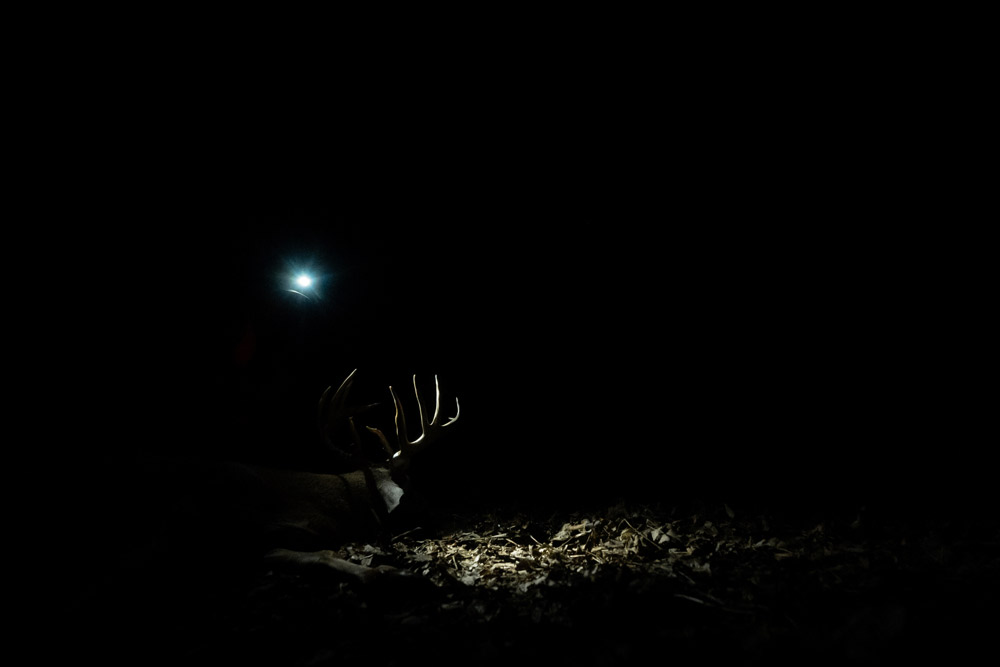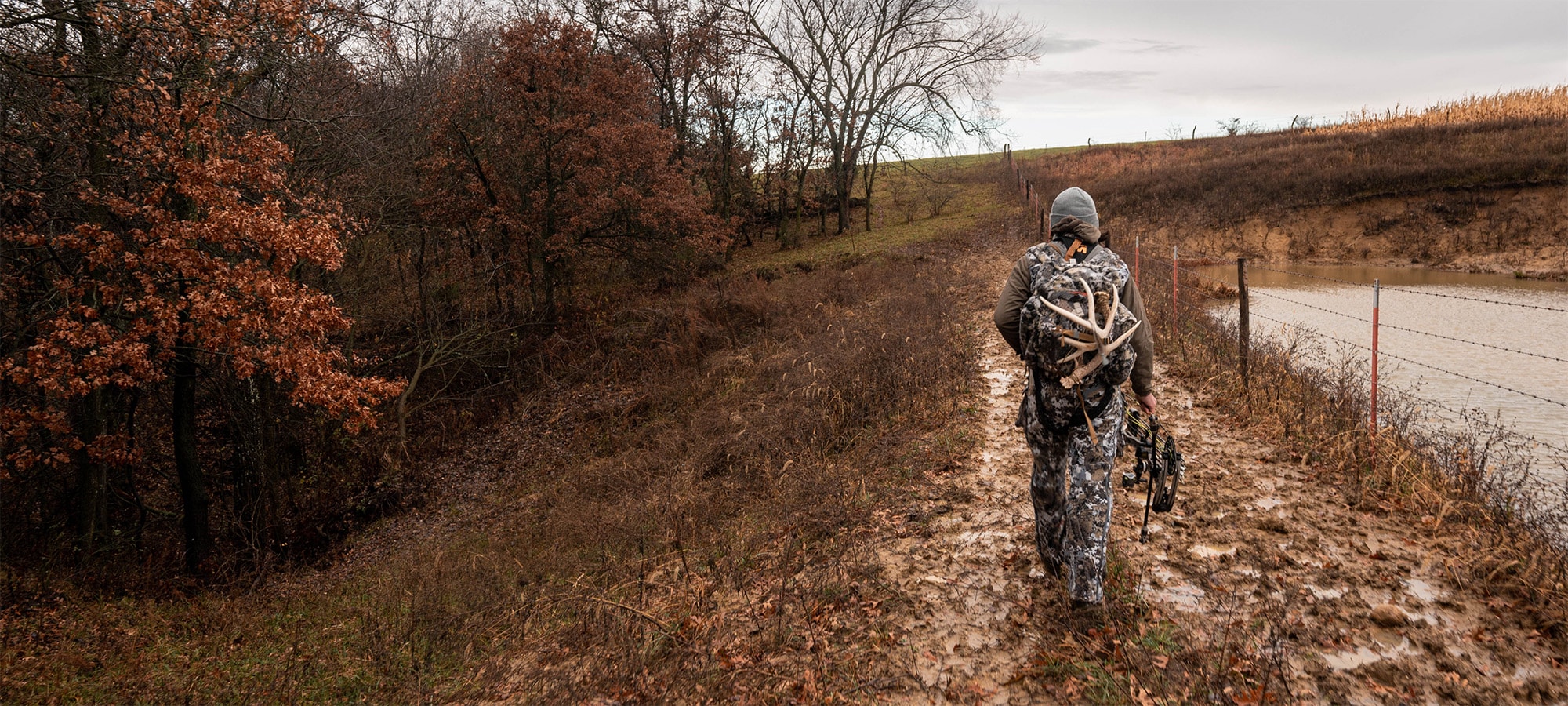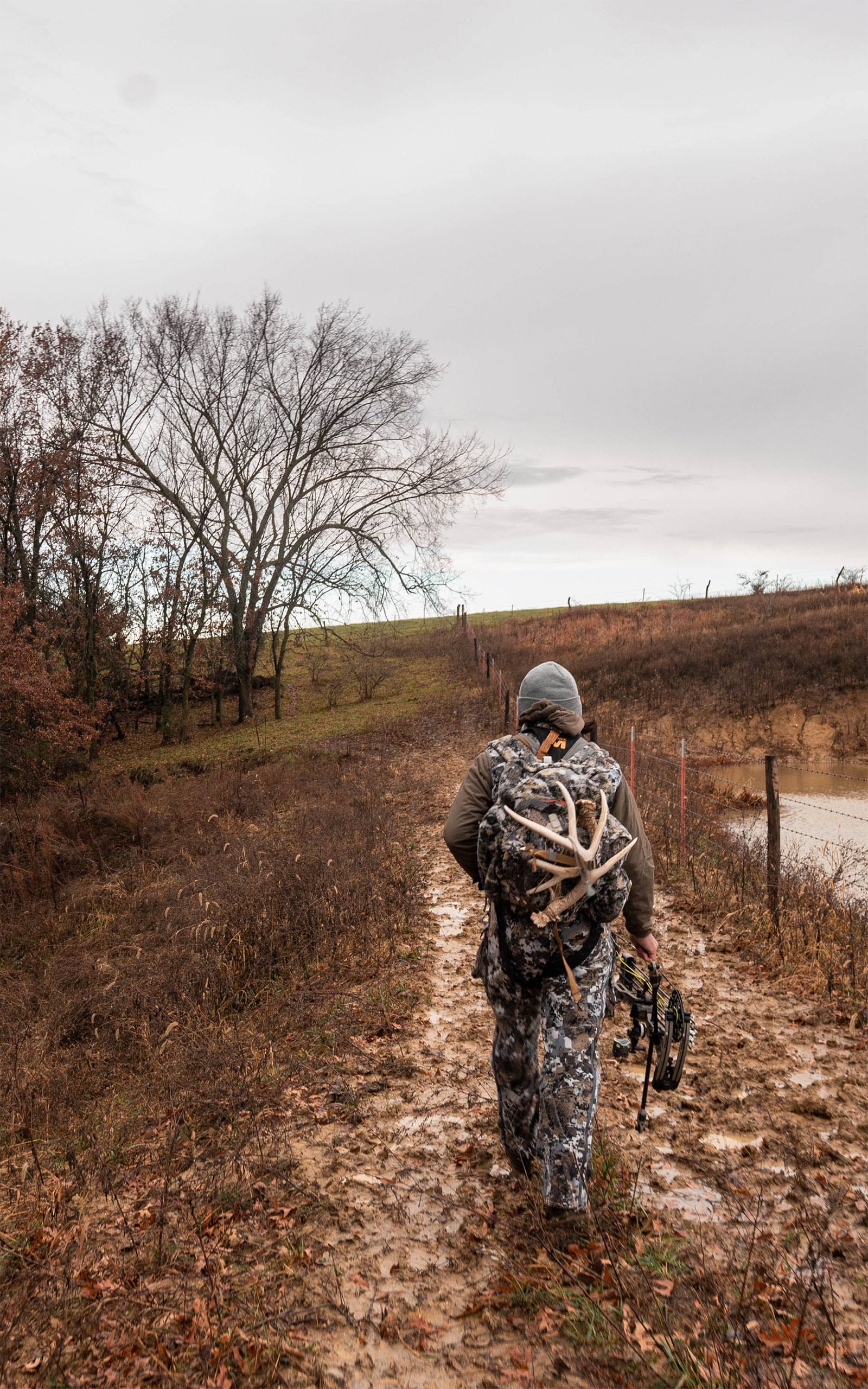Late season bucks have battled their way through the entire fall, searching for hot does and fending off challengers with little rest, minimal food, and all while doing their instinctual best to remain unseen during daylight hours. You may know this all too well, if you’re heading into the late season with an unfilled tag and a lack of mature buck encounters throughout the rut. The end of the rut, though, is no cause to quit. With a little planning and the discipline to stick to that plan, the late season can be one of the best times to catch up with a mature whitetail buck.
Consistently near-or-below freezing temperatures leave mature bucks, and all whitetails for that matter, with little choice—move to food or perish. With that in mind and with conditions this fierce, it won’t be long before you begin to see mature bucks breaking their nighttime habits as their will to survive drives them to the fields during daylight. When this shift occurs, some knowledge and strategy can help you find success. Here are a few tips to live by that will better your chances on this winter’s hunt:
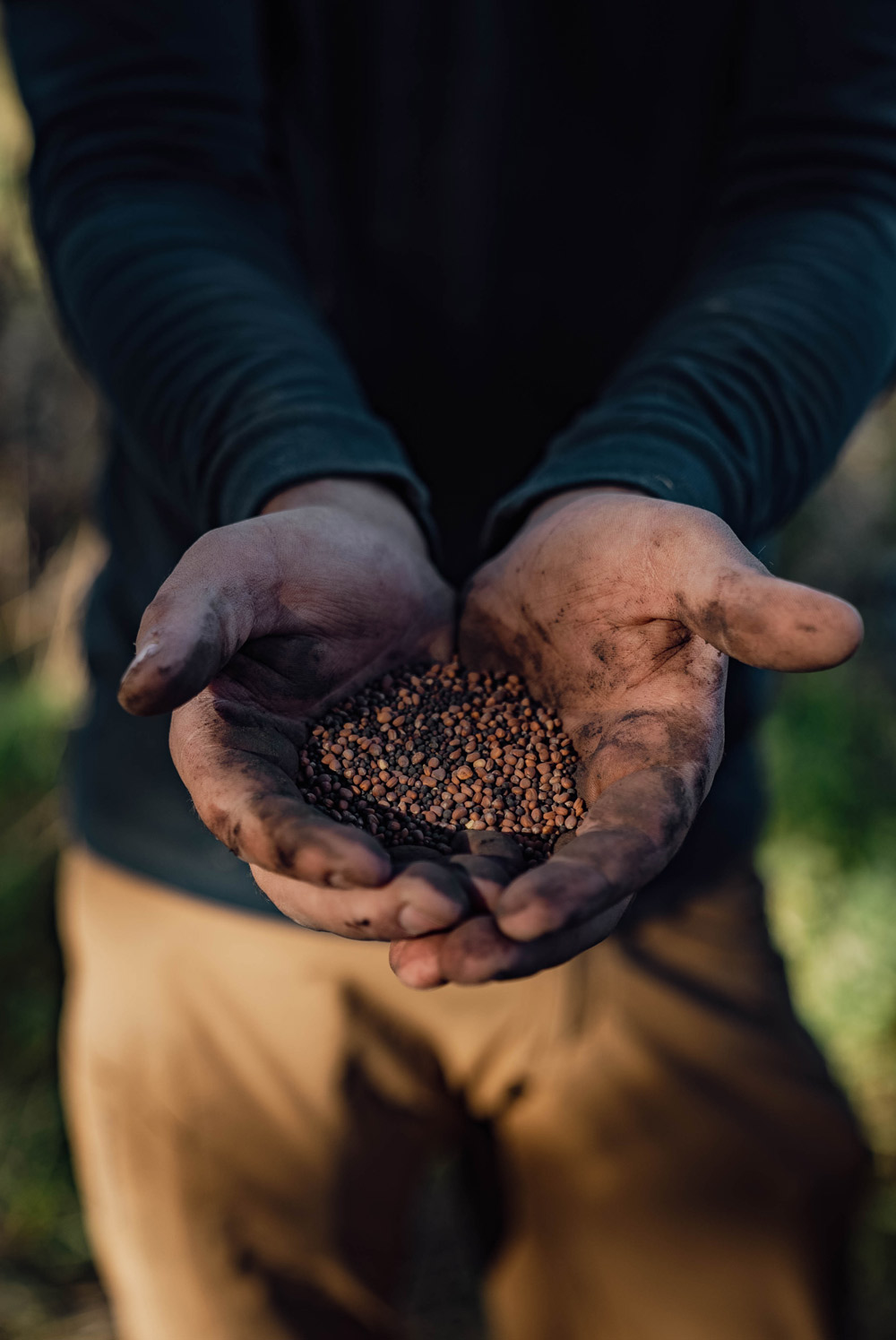
Food is King
When deer are hungry, they will go to great lengths to find food, even eating the bark of certain trees if nothing else is readily available. Knowing the deer’s main food source in your area is step one in where to begin your hunt during late season. When the climate is this cold and hostile, high-protein sources such as soybeans and brassicas are a great choice, as are corn and alfalfa. When setting up late season food plots in ag fields, look for crops lost or missed by the combine. You can often find deer hammering those spots.
If you are in an area where agriculture is less prevalent, the high-protein food source of choice will likely be fallen acorns from heavy producing oaks. Any remaining leafy browse found along the edge of clear-cuts or power lines will be a whitetails' second choice.
Minimize Pressure
After having been hunted for several months already, deer are so sensitive to human activity and overall hunting pressure this time of year—which means every move you make will have an impact. No matter what food source you are hunting, access to and from your stand is the closest link to hunting pressure. You want to be invisible to the deer when accessing your stands in these late months. It is important to plan before the season the best way(s) to access each of your hunting locations, taking into account when you will access these spots, the predominant wind for that time of year, the thermals for the time of day, change in foliage, historical knowledge of deer movement, and the list goes on.
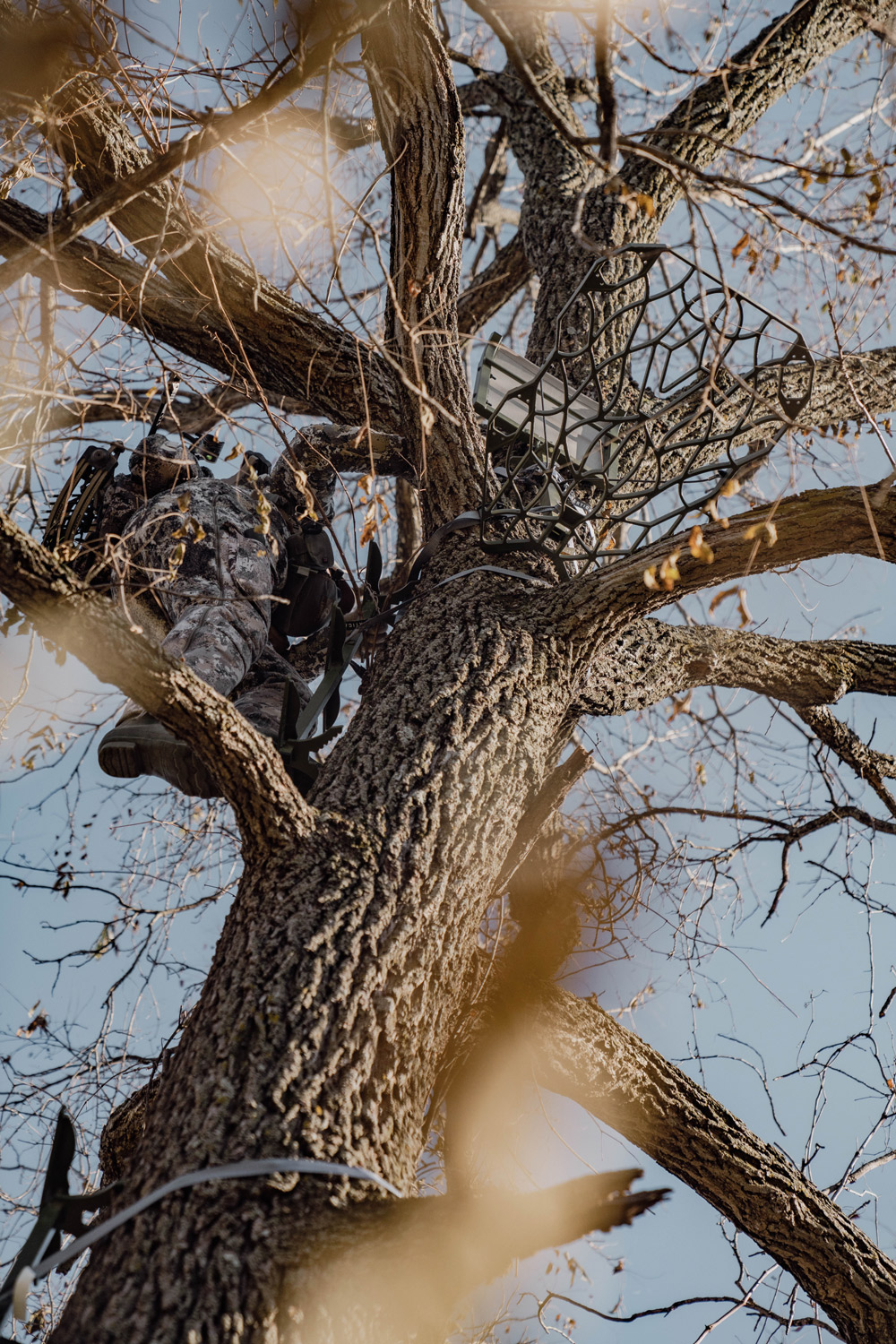
Remain Patient
Having the discipline to hunt only when you have the correct wind and environmental conditions is key to lowering your pressure on deer. The worst thing to do in late season is to hunt on marginal winds and blow out an entire field of deer. This mistake can be costly, vastly lowering the chances of a mature buck feeling safe enough to show face during daylight for the remainder of the season. It sometimes can take just one slip-up before mature deer move off or switch to 100% darkness. So, tough it out for the right time, because even though you can’t kill ‘em on the couch, you can’t spook' em on the couch either.
Have Perseverance
It is an absolute grind waiting for the perfect conditions or, once you get those conditions, sitting in nasty weather day in and day out. Having the right gear, a sound strategy, strong mindset and good attitude are your greatest assets to stay in the hunt. Deer have to eat, and if you have made the right preparations, stick to your plan, remain patient for the right conditions and power through the brutal cold, the stage for success during the late season is set—now all there is left to do is wait.
Stay positive, dress warm and take plenty of snacks.
